III. The Pantheon of Endemic Wildlife: Iconic Species Profiles
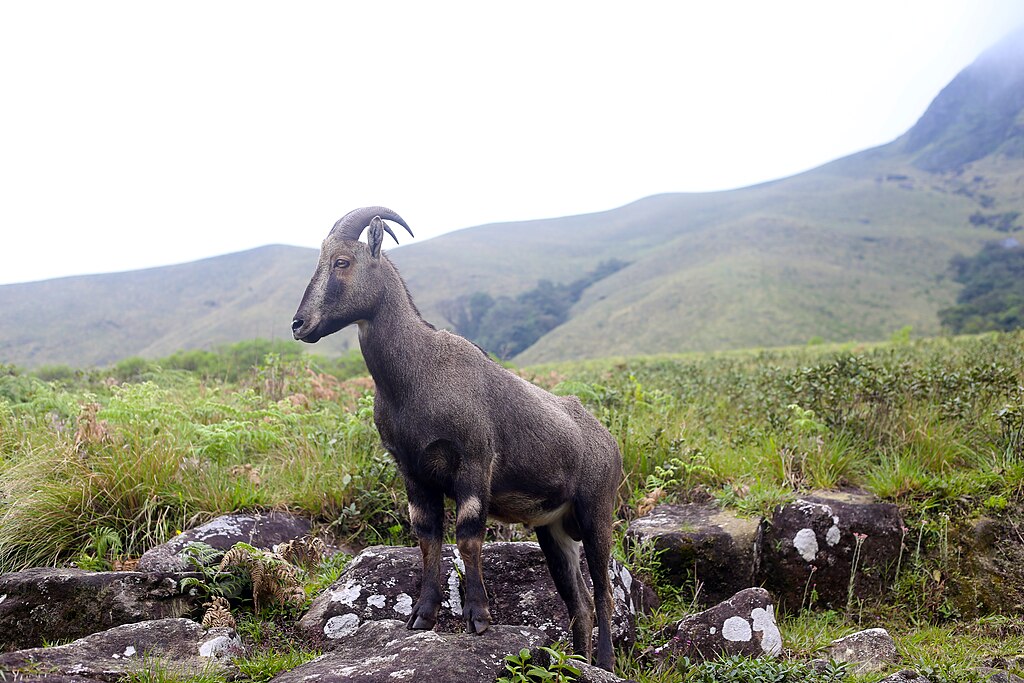
Kerala’s bio-wealth is exemplified by its unique and iconic endemic fauna, many of which are designated as flagship species for conservation.
3.1. Conservation Triumphs and Endangered Icons (Mammals)
The story of the Nilgiri Tahr (Nilgiritragus hylocrius), an endemic mountain goat, is a powerful illustration of conservation success within the Western Ghats. [1] Eravikulam National Park, which was historically a hunting ground, was transformed into a sanctuary and later a national park through early conservation efforts focused primarily on protecting the Tahr population. This dedicated effort has been remarkably successful; Eravikulam is now home to approximately half of the world's Nilgiri Tahr population, a testament to the effectiveness of focused management and rigorous population monitoring.
In contrast, the Lion-Tailed Macaque (Macaca silenus), or wanderoo, serves as a fragile barometer of forest health. Endemic to the Western Ghats, this endangered species is highly arboreal, spending most of its time 30 to 50 meters off the ground in the upper canopy of undisturbed, old-growth tropical evergreen forests. LTMs are exceptionally sensitive to changes in their habitat and are notoriously poor at adapting to disturbance. Their dependence on continuous canopy cover means that habitat fragmentation—caused by roads and plantations—is not merely land loss but a crisis of vertical ecology. [2] The macaque’s isolation into disconnected sub-populations significantly restricts their interaction, limiting gene flow and intensifying the genetic risks already established by the Palghat Gap barrier. Protecting the LTM requires not just securing forests, but ensuring that critical canopy corridors remain intact.
3.2. Hidden Jewels of the Western Ghats (Herpetofauna and Avifauna)
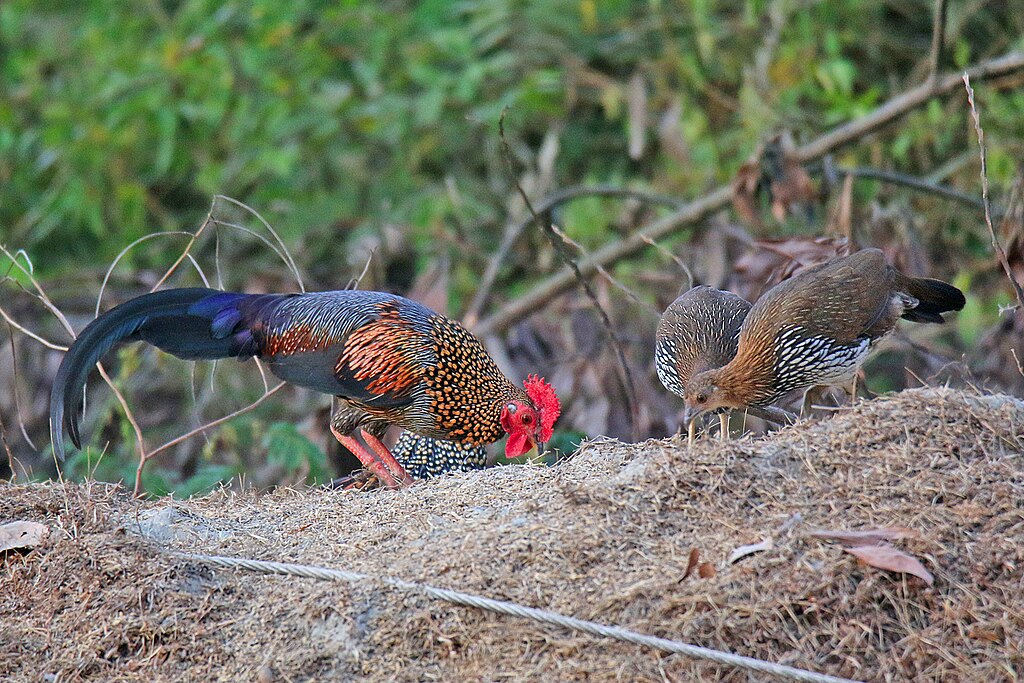
Kerala’s moist climate and dense forests make it a global center for amphibians and reptiles. Animal diversity in the Western Ghats is exceptional, with amphibians exhibiting an endemism rate of 65% (up to 179 species) and reptiles showing 62% endemism (157 species). [3] This biological concentration necessitates highly localized micro-habitat conservation efforts, particularly focused on stream integrity and moist forest floor conditions.
Key ecotourism destinations offer sightings of extraordinary species, such as the Malabar Gliding Frog at Thattekkad, and specialized endemics like the Indigo Bush frog, which is exclusively found in the Shola grasslands. The diversity extends to colorful species such as the Pink-thighed Dancing Frog, found in high-altitude areas. The region also supports a multitude of endemic reptiles, including the large-scaled pit viper found near Munnar and the highly venomous Malabar pit viper and Russell's viper in lower-lying regions.
Among avifauna, the Malabar Trogon is a prized sighting for global bird enthusiasts. [4] This species thrives in the dense, humid lowland and evergreen forests of the Western Ghats. The male boasts striking colors, with a vibrant red undercarriage contrasting with a black head. They possess a unique heterodactyl foot structure, a trait exclusive to trogons, with two toes facing forward and two backward. The Malabar Trogon, known for its soft, 'too-too-too' calls, relies on dense forest canopy for both nesting and hunting, using specialized techniques to catch insects mid-flight.
IV. The Floral Treasury: Medicinal and Botanical Riches
4.1. The Phenomenon of Mass Bloom: The Neelakurinji

Kerala’s floral wealth includes globally unique phenomena, most famously the mass flowering of the Neelakurinji (Strobilanthes kunthiana). [5] This plant, which carpets the high plateau grasslands of Eravikulam National Park, blooms in spectacular synchronization once every twelve years. This mass bloom is not only a visual spectacle attracting global visitors but also a crucial ecological event, providing a vast, synchronized nectar source that sustains numerous insect and bird populations.
Beyond this iconic bloom, the Eravikulam region also hosts several rare orchid varieties, such as Brachycorythis wightii (once near extinction) and Habenarea flabelliformis, alongside medicinal plants like Drosera peltata and wild varieties of cultivated spices like Elateria cardamomum.
4.2. Agasthyamalai: The Genetic Reservoir of Medicinal Plants
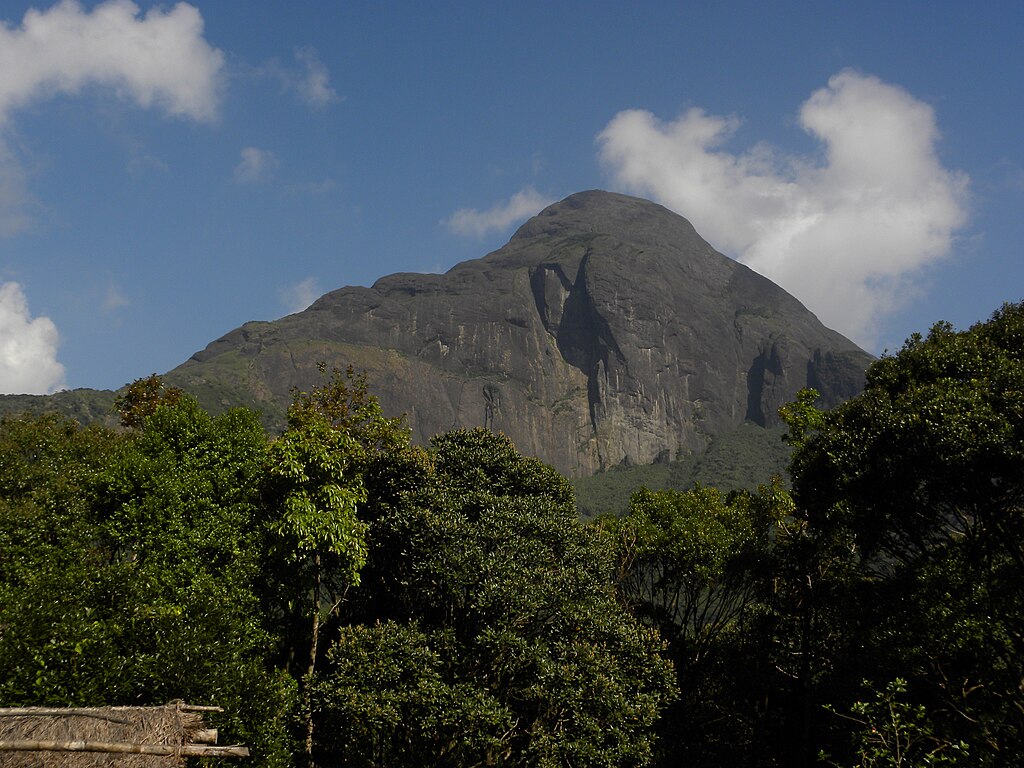
The southern tip of the Western Ghats, encompassed by the Agasthyamalai Biosphere Reserve (ABR), is considered the richest center of endemic and medicinal plants in the Indian peninsula. Recognized by UNESCO in 2016, ABR’s unique ecosystem diversity includes tropical wet evergreen forests, moist deciduous forests, and Montane Shola. [6]
The reserve is a veritable botanical Mecca, hosting over 2,250 plant species, including 405 endemic species. Crucially, ABR is home to approximately 2,000 varieties of medicinal plants, of which at least 50 are rare and endangered. [7] The presence of celebrated traditional medicinal herbs, such as Arogyapacha, highlights the profound bio-prospection value of the region, linking conservation directly to pharmaceutical discovery and traditional Ayurvedic healthcare systems.
4.3. Pristine Flora of Silent Valley
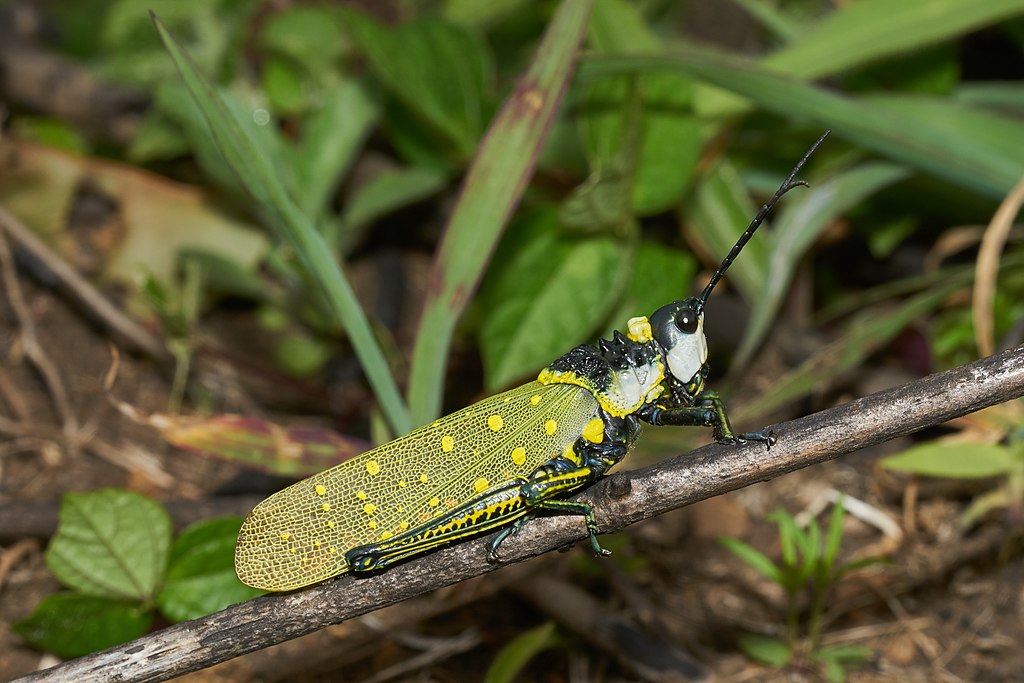
The forests of Silent Valley National Park offer insight into the natural regenerative capacity of undisturbed tropical forests. [8] The flora here includes about 1,000 species of flowering plants, 108 species of orchids, 100 ferns, and 75 lichens, with a majority being endemic to the Western Ghats.
A long-term study focusing on 12 important endemic tree species, such as Palaquium ellipticum and Cullenia exarillata, demonstrated good natural regeneration across all studied species. This finding is significant, confirming the minimal human disturbance and the long-term ecological viability of the park's core zone.
V. Guardians of the Ghats: Protected Areas and Ecosystem Services
5.1. Flagship Reserves: Management and Technology
Kerala utilizes its protected areas, which are strategically integrated into the Nilgiri and Agasthyamalai Biosphere Reserves, to safeguard the region’s biodiversity. The Periyar Tiger Reserve (PTR) is a prime example of successful, technologically-forward conservation management. [9] Extending over an 881 square kilometer Core/Critical Tiger Habitat, PTR forms the largest tiger conservation landscape in the southernmost Western Ghats.
PTR has established its own modern monitoring protocols, including Real Time Monitoring (RTM) and camera trap technology for 24/7 protection and wildlife documentation. This integration of technology with localized ecological expertise ensures an effective protection strategy.
5.2. Ecosystem Services: Conservation as Financial Infrastructure
The protection of these forests must be viewed not as a regulatory cost, but as essential maintenance for the state's economic infrastructure. Scientific valuation confirms the profound economic contribution of these natural areas through their provision of crucial ecosystem services. [10]
VI. The Human Tapestry: Ecotourism, Conservation, and Community
6.1. Kerala’s Model of Community-Based Ecotourism (CBE)
Kerala is internationally renowned for its pioneering model of Community-Based Ecotourism (CBE), establishing a vital connection between conservation and sustainable livelihood. Ecotourism centers here are managed by indigenous and forest-dependent communities—true guardians of the forests—whose traditional knowledge now merges with modern conservation practice.
Travelers can directly support this model by choosing eco-certified stays and tours that ensure fair income for local people. For instance, you can find responsible accommodations through Booking.com or Trip.com, and complement your trip with immersive experiences like the Kadalundi Mangrove Trails in Calicut or Free Walking Tours in Alleppey. These community-led initiatives ensure that every journey strengthens both nature and local livelihood.
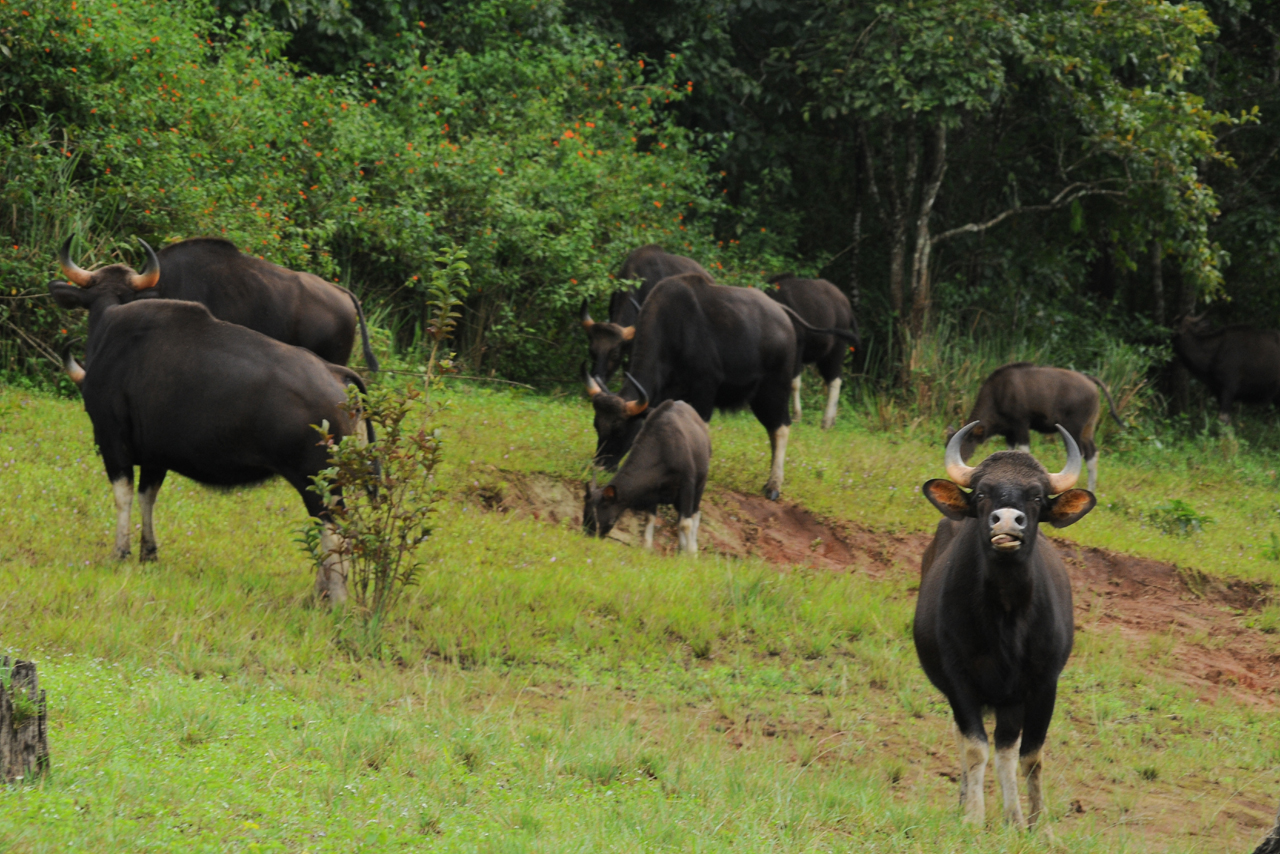
The Periyar Tiger Reserve’s CBE initiative is one of India’s most successful examples. It has trained hundreds of locals as eco-guides and rangers, linking forest protection with dignified employment. Visitors participating in jungle safaris, birdwatching, or cultural treks directly contribute to community welfare and sustainable conservation.
6.2. Reviving Traditional Ecological Knowledge (TEK)
The integration of Traditional Ecological Knowledge (TEK) remains a cornerstone of Kerala’s sustainable forest management. Derived from generations of keen observation, TEK offers insights complementing modern science—ranging from biodiversity monitoring to sustainable harvesting.
At Periyar, cultural revival accompanies conservation. Youth from the Mannan and Paliyan tribes are rediscovering their ancient folklores, rituals, and dance forms through ecotourism events such as the Vanasree Auditorium performances. Similarly, in the Agasthyamalai Biosphere Reserve, the Kanikaran tribes safeguard traditional botanical knowledge—particularly of medicinal plants vital to Ayurveda and climate adaptation strategies.
To explore such living cultural landscapes, visitors can plan their routes via Tripadvisor or WayAway, both of which list ethical ecotours and community programs in Kerala’s protected reserves.
6.3. Navigating Ethical Ecotourism: The Challenge of Integrity
While community tourism contributes to long-term sustainability, it also presents ethical challenges. Rapid urbanization and commercialization near park fringes risk compromising fragile ecosystems and eroding the authenticity of tribal life. Ethical travelers must, therefore, practice mindfulness—ensuring their experiences do not disrupt ecological or cultural harmony.
Global visitors are urged to adopt responsible conduct: respect local customs, maintain silence in forests, avoid bright attire, and never approach or feed wildlife. Consider supporting local transport and certified tour operators via Kiwi or Cheapoair, both of which offer flight options compatible with sustainable tourism planning. Those facing travel disruptions can claim assistance through AirHelp or Compensair.
VII. Threats and the Call to Action: Protecting Kerala’s Bio-Future
7.1. Pressures on the Hotspot
Despite its network of reserves, the Western Ghats region within Kerala faces intensifying ecological stress. Deforestation, fragmented forest corridors, invasive alien species like the African Catfish (Clarias gariepinus), and climate-induced landslides have compounded threats to biodiversity and water security. The loss of the Shola-grassland system, in particular, threatens the state’s hydrological stability.
Responsible tourism—guided by science and community wisdom—is the first line of defense. Every eco-conscious traveler choosing verified stays and low-impact tours indirectly supports restoration efforts and carbon-neutral travel in these fragile landscapes.
7.2. Conclusions and Recommendations for Global Enthusiasts
Kerala’s Western Ghats represent a living evolutionary museum, where conservation, science, and local livelihood intersect. The evidence—ranging from 62% of the Western Ghats’ endemic vertebrates found here to ₹9,699 million in ecosystem service value—confirms that conserving these ecosystems is an investment in both global biodiversity and human well-being.
For travelers planning a responsible journey:
- Support Community Guardianship: Choose eco-friendly stays and local-led excursions that employ and empower indigenous communities like the Mannan and Paliyan tribes.
- Minimize Footprint, Maximize Observation: Follow park regulations strictly; do not litter, smoke, or feed wildlife. Maintain a respectful distance and focus on quiet observation.
- Respect Cultural Integrity: Engage with tribal art, folklore, and performance respectfully, acknowledging their significance as living repositories of ecological wisdom.
- Advocate for Habitat Connectivity: Understand that species survival—particularly of the Lion-Tailed Macaque—depends on continuous forest corridors. Support initiatives that restore canopy linkages and minimize fragmentation.
Ethical tourism, rooted in ecological and cultural respect, transforms every visitor into a steward of Kerala’s biodiversity. Plan consciously, travel responsibly, and let each footprint you leave behind be one that sustains the future.
References
- Government of Kerala. (2022). Kerala State Biodiversity Strategy and Action Plan. Kerala State Biodiversity Board (KSBB), Thiruvananthapuram.
- Kerala Forest and Wildlife Department. (2021). Community-Based Ecotourism Initiatives in Kerala. Retrieved from https://forest.kerala.gov.in/
- United Nations Development Programme (UNDP). (2018). Community-Based Ecotourism: A Model for Sustainable Development in India. UNDP India Publication.
- International Union for Conservation of Nature (IUCN). (2020). Conservation and Sustainable Use of Biodiversity in the Western Ghats. IUCN South Asia Regional Office.
- Centre for Earth Science Studies (CESS). (2019). Ecological Fragility and Land Use in Kerala’s Western Ghats. Government of Kerala.
- Gadgil, M., & Meher-Homji, V. M. (1990). Ecological Diversity of the Western Ghats. In M. Gadgil (Ed.), Perspectives in Ecology (pp. 1–16). Oxford University Press.
- National Centre for Earth Science Studies (NCESS). (2020). Climate Change Vulnerability in the Western Ghats of Kerala. Ministry of Earth Sciences, Government of India.
- Ramakrishnan, P. S. (1992). Shifting Agriculture and Sustainable Development: An Interdisciplinary Study from North-Eastern India. UNESCO–Parthenon Publishing.
- Varghese, A., & Menon, A. (2016). “Community Participation and Ecotourism: The Kerala Experience.” Indian Journal of Environmental Economics, 12(3), 45–61.
- UNESCO. (2017). Agasthyamalai Biosphere Reserve: Management and Conservation Report. UNESCO–Man and Biosphere Programme.
- GOK–Department of Tourism. (2023). Responsible Tourism Mission Kerala. Retrieved from https://www.keralatourism.org/responsible-tourism/
- World Wide Fund for Nature (WWF-India). (2022). Conserving the Lion-Tailed Macaque: Kerala’s Forest Corridors. WWF Research Bulletin.
- BirdLife International. (2021). Important Bird Areas in India: Kerala Wetlands and Western Ghats. BirdLife Data Zone.